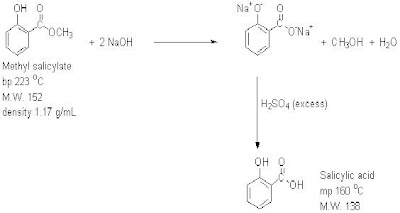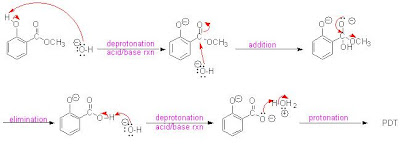The characteristic of gas chromatography is that samples can move very rapidly to the stationary phase (and out). You can get narrower chromatogram and a sharper separation. Gas chromatography can only be used for aerial samples. The instrument consists in general of the carrier gas supplier, coarse pressure regulator, a fine pressure gage, an injection port (multi sampler), column, detector and amplifier with analog-digital converter (Pomeranz, Meloan 1994).
Two systems for the column are normally used: preparative columns (stationary phase is solid material) and capillary columns (stationary phase is a thin film of not aerial, viscose fluid). It is necessary that the columns are heated to about two-thirds of the boiling point f the highest boiling material in the mixture to be separated. The heating has to be very constant so that the procedure can be reproducible. When the low boiling material is separated, the column temperature can be raised for shortening the time of the separation of the remaining material. The advantage of the capillary column is the rapid and efficient analysis. However in this procedure you need a splitter. Because of the small capacity of the capillary column, only a sample of a few tenths of a micro liter is required. A splitter splits your injected sample into two parts. One small part is used for analysis and the rest is mostly discarded.
The stationary phases can divided into fife types: Nonpolar, polar, intermediate, hydrogen bonding and specific (Pomeranz, Meloan 1994). There is a wide range of detectors available, for example thermal conductivity detectors, cross-section detectors, argon ionization detectors or electron capture detector.


